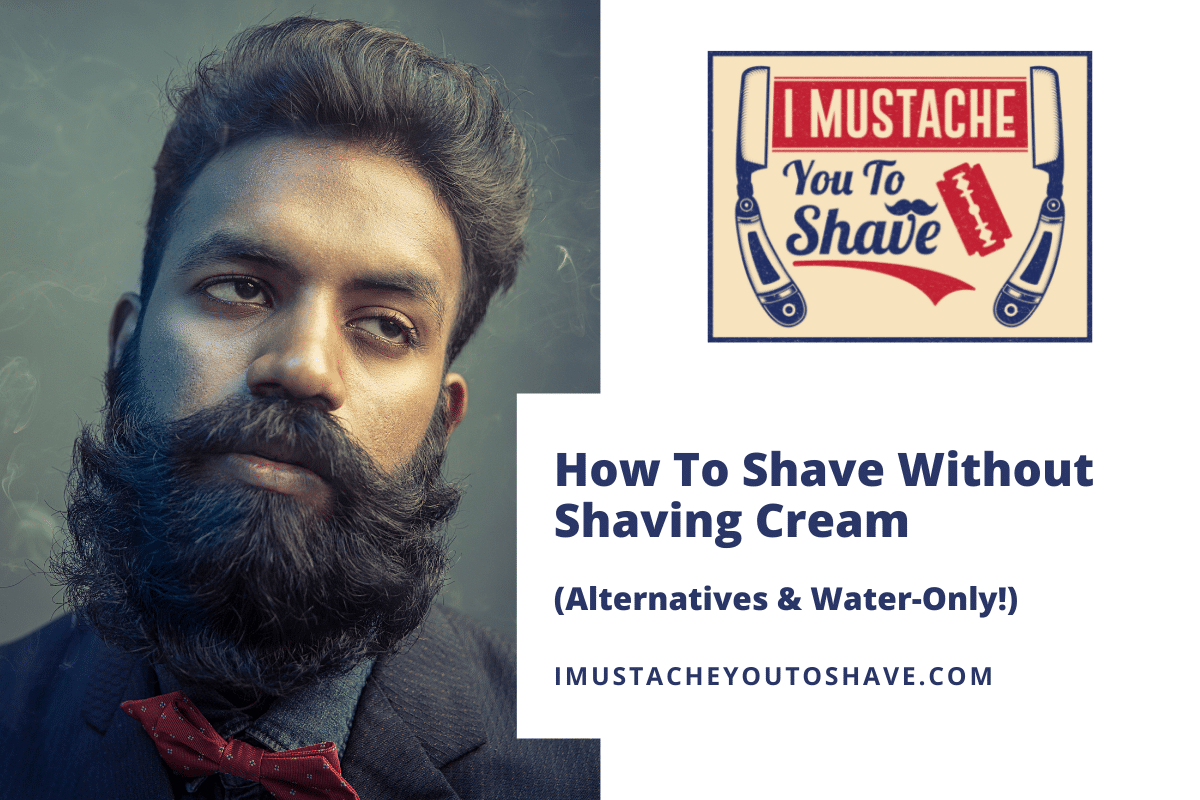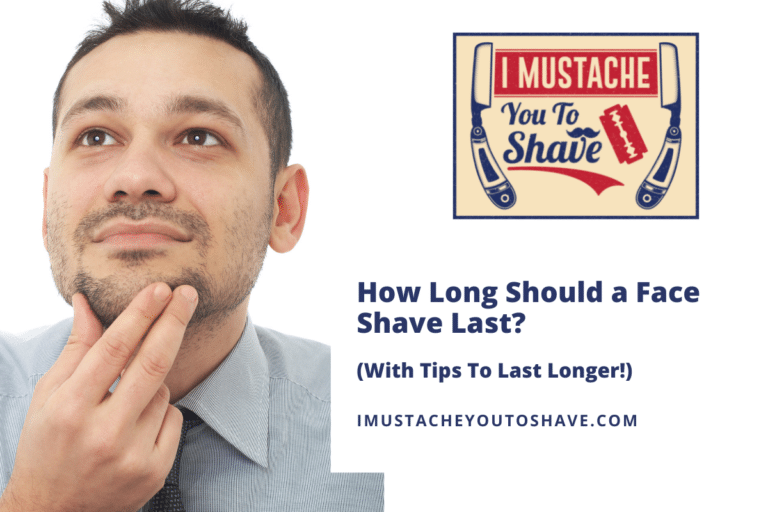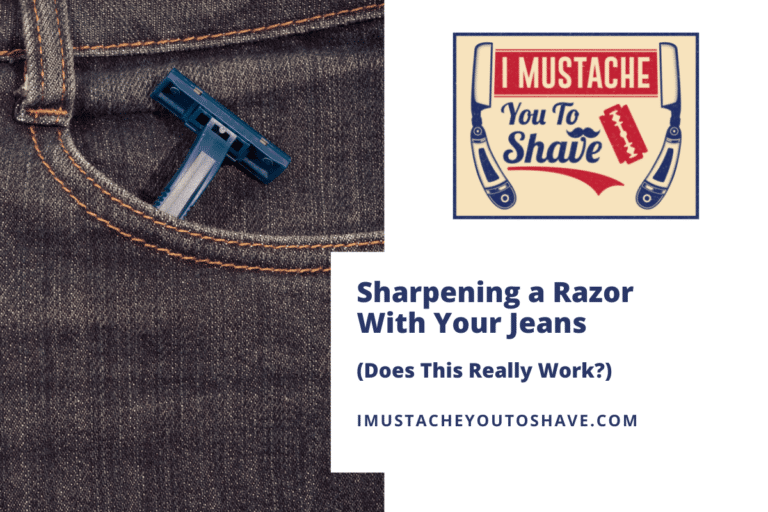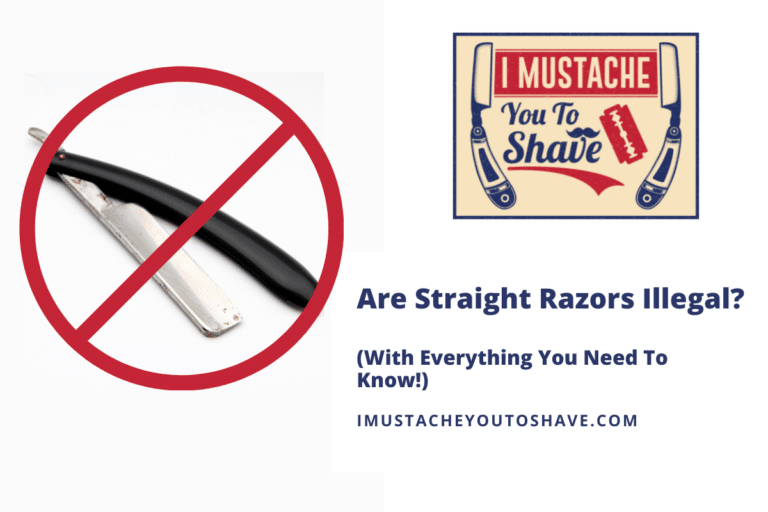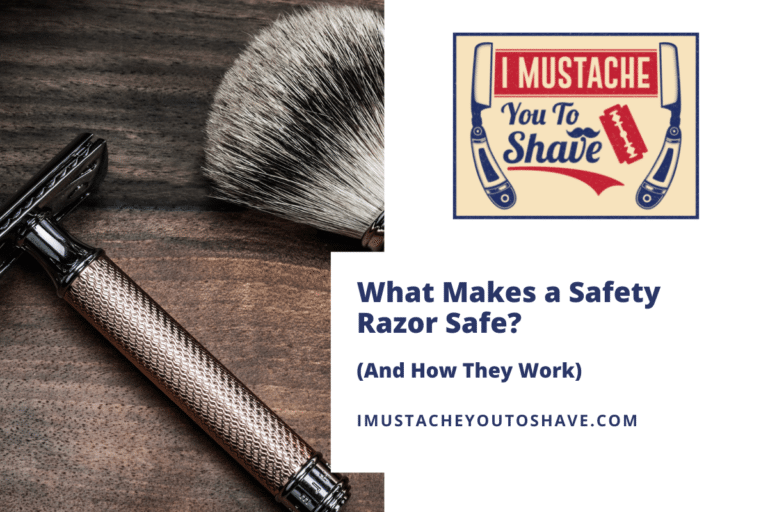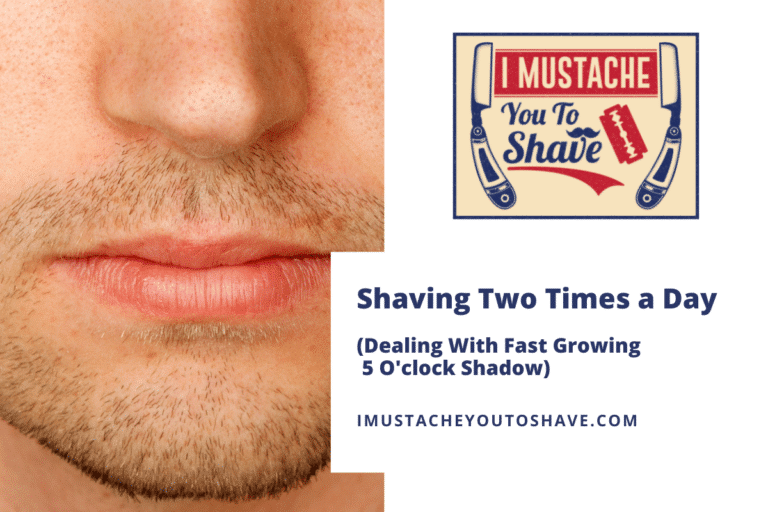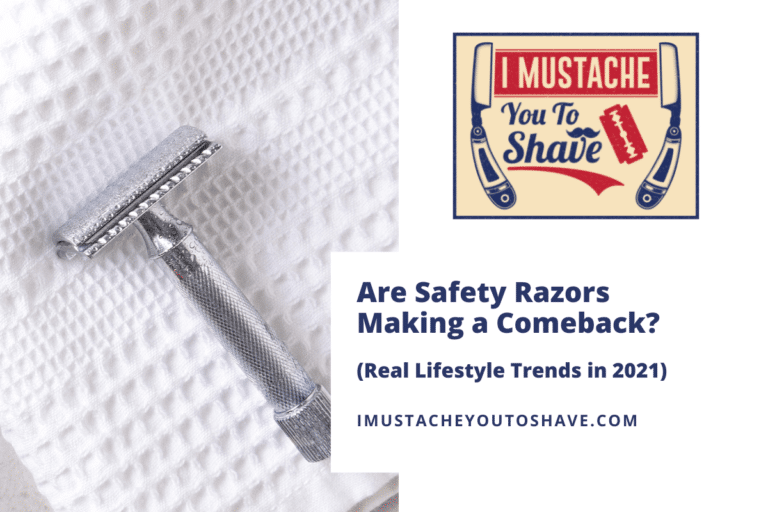How To Shave Without Shaving Cream (Alternatives & Water-Only!)
When you need to shave, but you’ve just run out of shave soap, you might feel like you’re completely hopeless. The good news is that there are plenty of alternatives to shaving cream. The bad news is that some alternatives might seem tempting to use, but they may have disastrous results.
Those without access to shaving cream can use certain kinds of body soap, conditioners, lotions, coconut oil, or even water to get a clean shave. When using shaving cream alternatives, special care should be taken to avoid irritating the skin or leaving it too oily.
If you’re unsure about what the best shaving cream alternative is, keep reading this article to learn what to look for in a shaving cream alternative as well as an evaluation on the 5 most common shaving cream alternatives.
Why is shaving cream so useful for shaving?
Shaving cream has three main jobs: lubricate the skin to protect it from the razor, hydrate it during the shaving process, and soothe the skin.
Dr. Annie Chiu, a certified dermatologist, explains that shaving exfoliates the top layer of the skin. When this happens, the new skin is incredibly sensitive and prone to drying out. Shaving cream typically has emollients, also known as moisturizers.
Some common moisturizers that are used in shaving creams are shea butter, glycerin, aloe, jojoba oil, coconut oil, and even various animal fats like duck fat and tallow. Without the use of shaving cream, you leave yourself prone to injury or irritation.
Director of cosmetic and clinical research in dermatology at Mount Sinai Hospital in New York City Dr. Zeichner believes that shaving without shaving cream can lead to razor burn.
Razor burn typically happens when there is too much friction between the razor and the top layer of skin. Shaving creams allow simultaneous protection, hydration, and lubrication for the razor to smoothly move across the skin.
Given that there could be as many as 25,000 individual hairs on your face, you need all the help you can get when wanting to shave quickly, effectively, and closely. Think of your shaving cream as a way to protect your skin while making it easier to shave.
What can you use instead of shaving cream when shaving your face?
Finding what you can use instead of shaving cream takes some basic understanding of what to look for in your shaving cream alternative.
As we covered earlier, the four most important parts of finding a suitable shaving soap are lubrication, hydration, ability to guide your shave, and ability to soothe. Soaps, conditioners, lotions, coconut oil, and even water can all provide a suitable shave in a pinch.
Shaving cream can do all four of those criteria exceptionally well, as we’ve already pointed out. So, how do you know when you’ve found a good alternative to shaving cream?
In a perfect world, you’d never need an alternative to shaving cream. There are very few alternatives that could ever seem to replace shaving cream.
But if you’ve just run out of shaving soap and you still need to shave, here’s a list of 5 alternatives to shaving cream.
5 best alternatives to shaving cream
Each alternative to shaving cream will be judged on its ability to lubricate, hydrate, guide, and soothe. Just remember that each face is different. You may have different results when using one of these shaving cream alternatives.
Soap
We’re talking about a bar of hand soap or body wash that you’d use in the shower. While this option is one of the more accessible shaving cream alternatives, it can also lead to some issues.
Lubrication: Soap can create a lubricating barrier for your shave, but you have to work the soap into a very sudsy state. It will quite match what a shaving cream can do, but it’ll work if it’s all you have.
Hydration: Depending on what type of soap you’re using, you might have mixed results. If you’re using a soap designed for dry or sensitive skin, there are most likely plenty of moisturizers baked in. If you’re using your grandfather’s bar of Irish Spring…you might want to think twice.
Guide: Soap doesn’t create the same foamy effect when it’s lathered. Typically, soap starts to run off of the face, especially if the beard is wet. As a result, it can be difficult to see what’s been shaved and what hasn’t — besides from looking at the beard hair itself.
Soothing: Soap can soothe your skin during the shave, but, like the hydration factor, it depends on the ingredients in your soap. If you’re using a basic glycerin soap that is chock-full of scents, you may find your face feeling irritated and dried out post-shave.
Conditioner
Using conditioner as an alternative to shaving soap is fairly effective. Conditioners are filled with moisturizing properties for your hair. The same applies to skin — more or less!
Lubrication: Conditioners create a very slick surface for the razor to glide across the face. Conditioners also make a nice lather that puts a small barrier between your skin and the razor.
Hydration: Conditioners are specifically designed to bring hydration to your hair. They aren’t used for cleaning dirt or oil from your hair. As a result, they’re filled with emollients that can nourish and protect your skin from shaving.
Guide: If you’re looking for a sudsy shave, stick with the shave soap. While a conditioner can be whipped up into some kind of lather, it is its weakest point as an alternative to shaving cream.
Soothing: Conditioners are incredibly soothing, but be careful if you have sensitive skin. Conditioners can contain lots of scents and oils that may irritate your skin. If you’re unsure about using conditioner, it might be best to stick with an unscented shave soap.
Body Lotion
Body lotion is another readily available alternative to shaving cream. Lotion in general is a great choice as an alternative, but you need to exercise caution when using it.
Lubrication: Lotion lubricates the skin and hair well…almost too well. One of the biggest problems when shaving with lotion is that it’s incredibly difficult to clean the razor. Lotion and hair can gunk up your razor pretty quickly, making for a less-than-ideal shaving experience. Additionally, don’t rub the lotion into your skin too vigorously — your skin may end up absorbing all of the moisturizers, leaving the top layer of your skin exposed to the razor blade!
Hydration: Like conditioners, lotions are incredibly good at moisturizing. But instead of being designed to moisturize hair, lotions are designed for skin. Your face should stay hydrated during the shaving process.
Guide: Think of lotion as a shaving gel rather than a soap. It’s incredibly thick sometimes, and it can be difficult to see what parts of your face you’ve already shaved.
Soothing: Lotions can be soothing, but make sure you don’t put too much lotion on. If your face becomes too oily, you can block your pores and increase the risk of ingrown hairs.
Coconut Oil
Coconut oil is suggested as an alternative to shaving cream more than I’d like it to be. There are some great benefits to coconut oil. But, there are also some serious drawbacks to using coconut oil — or for any oil!
Lubrication: Incredibly lubricating qualities, but you end up having to use a lot (think a few tablespoons) of coconut oil to get the razor to glide across your skin.
Hydration: Coconut oil is a common ingredient in many different types of lotions and moisturizers.
Guide: You’ll be able to see everything, which is nice. The main problem with using coconut oil for shaving comes down to the ease of use. When your hands are completely saturated with any kind of oil, it can be difficult to hold a razor. Additionally, oil and hair make for a bad combo on your razor, regardless of whether you’re using a cartridge or safety razor.
Soothing: Coconut oil has some great anti-inflammatory properties, as well as omega fatty acids that can continue to protect your skin post-shave. However, if you have acne-prone skin, the slimy nature of coconut oil can clog your pores and lead to unwanted outbreaks.
Water
Water can be a highly effective alternative to shaving cream if you do it right. There are extra precautions you need to take if you want to shave with just water.
Because you’re missing essentially all four of the things that make shave soap so effective, it requires a more nuanced approach. From the shave prep to the way you shave, you’re going to want to study up and take your time if you decide to shave with water only.

